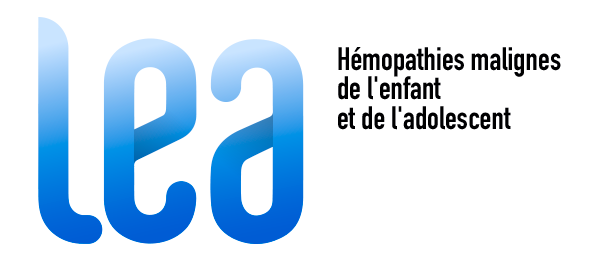Marie-Dominique Tabone, Sami Kolta, Pascal Auquier, Camille Vercasson, Pascal Chastagner, Justyna Kanold, Pierre Simon Rohrlich, Yves Bertrand, André Baruchel, Dominique Plantaz, Virginie Gandemer, Stéphane Ducassou, Arnaud Petit, Catherine Paillard, Guy Leverger, Jean-Hugues Dalle, Julie Berbis, Christian Roux and Gérard Michel.
Hemasphere. 2021 Feb; 5(2): e518.
https://www.ncbi.nlm.nih.gov/pmc/articles/PMC7806242/
This prospective study aimed to analyze determinants that can influence bone mineral density evolution in childhood acute leukemia survivors. Patients included were selected from the long-term follow-up L.E.A. cohort and had dual energy X-ray absorptiometry scan between 10-18 years and after the age of 18. All scans were centrally reviewed. Bone mineral density was measured at the lumbar spine, femoral neck, total hip and whole body, and expressed as z-score. Eighty nine patients (female 39, lymphoblastic leukemia 68, relapse 25, hematopoietic stem cell transplantation 44,mean age 15.4 and 20.1 years at first and second scans respectively) were studied. First and second scan z-scores were significantly correlated (p<10 -3 ). Mean femoral neck and total hip z-scores improved significantly between first and second scan, whereas no significant evolution occurred at lumbar spine and whole body level. On second evaluation, 14.6% of patients had z-score < -2 at the lumbar spine, 4.3% at the femoral neck level. Gender, type of leukemia, transplantation, relapse, cumulative corticosteroid doses or growth hormone deficiency did not have any significant impact on z-score variation. Younger age at diagnosis (≤8.5 years) proved an unfavorable risk factor for z-score evolution at the lumbar spine (p=0.041); the trend did not reach statistical significance for metabolic syndrome (p=0.054). At the femoral neck, both were associated with unfavorable z-score evolution (p=0.003 and 0.025, respectively).Patients treated at a younger age and those with metabolic syndrome seem to be at higher risk of bone mineral density decline and should benefit from specific interventions.

